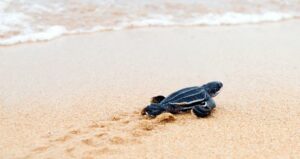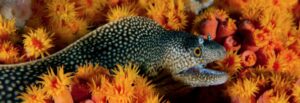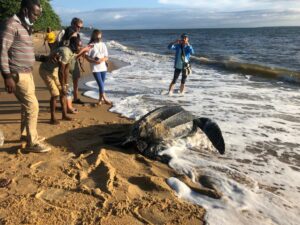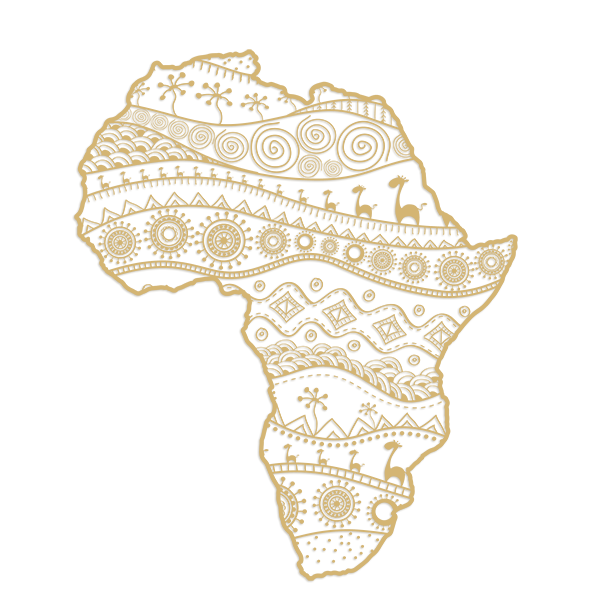
- Profile
- Tour Operators
- Accommodation
- prev
- next
- Get directions
- Bookmark
- Share
- Become an influencer
- prev
- next
Overview
Mayumba National Park protects an area of coastal sea of approximately 900 square kilometers, and a narrow 1km x 60km strip of beach and coastal vegetation. The Mayumba coastline is characterized by long exposed sandy beaches and extensive freshwater, tidal or brackish lagoons. The beaches support a rich shoreline fauna including monitor lizards, genet, mongoose, ghost crabs and shore birds. Buffalo, elephant and other forest animals are frequently found on the beaches and amid the dense dune vegetation that fringes the coast. Mandrill, gorilla, chimpanzee, and other primates inhabit the forest-savannah mosaic behind the dunes. The lagoons, some of which are extensive and extend for many miles inland, laced with islands, channels and rivers, are immensely productive systems supporting a wealth of fauna and flora, much of which takes advantage of major mangroves, flooded forests and swamplands. Hippo and crocodile are found here, as well as the rare and threatened West African manatee. Mangroves are critical developmental habitat for a wide range of coastal fish species and are important for many bird species.
Gabon hosts the single largest population of nesting leatherback turtles in the world each year between November and April. If Gabon is the world capital for nesting leatherback turtles, then the turtle capital of Gabon is Mayumba. Upwards of 550 females may come ashore in a single night in the 80 km from Mayumba town to the border with Congo; in places a density of over 20 females per kilometer. The protection of critically endangered leatherback turtles is one of the main reasons the Park was created.
In addition to its notable turtle population, Mayumba sees almost 10% of the world's humpback whales pass through or remain in its waters each year on their annual breeding migration; rare and little-studied humpback dolphins have been found close to the coast, sharks and rays appear to be abundant in the area, and bony fishes are also found in large numbers.
Location
-
Mayumba, Nyanga, Gabon
Vital Park Information
Gabon
870 km²
To be on the safe side, it is better not to drink the tap water in Gabon unless you have water-purifying tablets. Bottled water is widely available, as are soft drinks (usually referred to as jus) like Coca-Cola, Sprite and Fanta, beers, wines and spirits. ... In rural areas, the ubiquitous palm wine is the usual tipple.
CFA franc, Central African CFA franc
June, October
Some 550 leatherback turtles – in fact 30% of the world's total – lay their eggs here between November and April. Humpback whales come to mate between June and October, and you'll also see large groups of dolphins, including the rare humpback dolphin.
